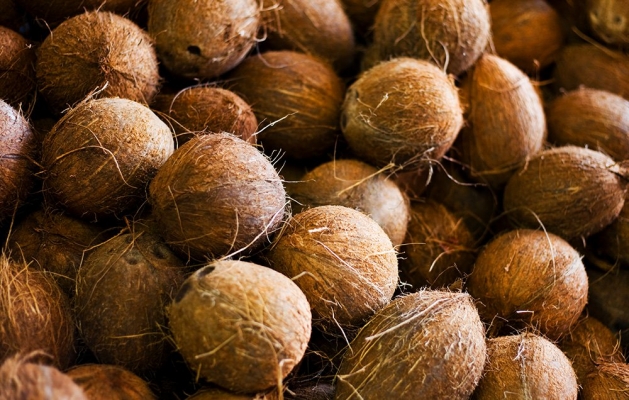General Information
It is a tropical fruit plant which is grown in tropical and sub-tropical areas. The tree attains the height of 30m and the leaf is approximately 4-5m long. The coconut kernel and its oil are used for making soaps, cosmetics and hair oils. Coconut oil is known as mother of all oils as it is widely used and contains full of minerals, vitamins and anti-oxidants. The major coconut producing countries are India, Indonesia and Philippines. Kerala, Tamil Nadu, Karnataka, Maharashtra, Andhra Pradesh, Orissa and Goa are the major coconut growing states in India. It also has health benefits such as it helps in preventing obesity, improves digestion, immune system, and boosts energy.









